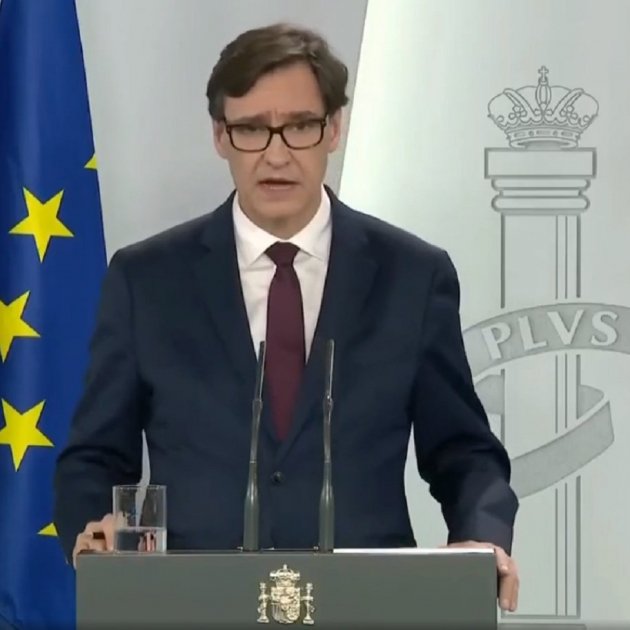Spanish minister of health Salvador Illa announced this Monday that his government's plan for gradual release of lockdown is to be based on the territorial boundaries of Spain's 50 provinces - a division of the territory whose usage and importance has been in decline since the Franco era.
The decision to divide the territory along provincial lines for the "deconfinement" process now slowly beginning means that the country's autonomous communities are effectively bypassed. The Spanish executive has thus taken another step in the centralization process that has been applied in Spain since the government decreed a state of alarm on March 15th as part of its response to the coronavirus crisis.
Many autonomous community presidents, including Catalonia's Quim Torra have clashed in recent weeks with the Spanish government, which under the crisis has retaken control of competencies, such as health, which were previously in the hands of the regions. Now, despite the Spanish central government's recent statements that the measures for the lifting of lockdown will vary across the Spanish state, it will not be allowing the autonomous regions to make decisions regarding their own territory.
The plan is to be presented on Tuesday by prime minister Pedro Sánchez, but minister Illa has already said that, far from responding to the complaints, the intention is to treat the province as "the territorial units of preference" for the process of a "transition" as lockdown restrictions are lifted. The proposal has already been rejected by the Catalan government and its health minister, Alba Vergés.
A model from another era
The Spanish government's decision to work using the outdated provincial units has predictably led to a wave of criticism. Journalist Pilar Rahola said that Illa was using a "territorial division that emerged in 1833 as a model of a centralized state." The provinces were created that year, during the reign of Spain's Queen Isabel II, with the aim of trying to imitate the centralized model of the French state, organized into départements.
Translation:
"The province, territorial division that emerged in 1833 as a model of centralized state, is the frame of reference of a minister who protests with the anti-independence group Catalan Civil Society. You've made it very clear @salvadorilla: 'In our proposal, the province is the reference unit for deconfinement'."- Pilar Rahola
Today in Catalonia, the boundaries of the four provinces are still used to define electoral areas, but in some cases they no longer coincide with municipal or county lines, nor with the division of Catalonia into seven districts for health administration. The only institutions that function at provincial level are the Diputacions, which currently serve to group together and coordinate municipalities, and have historically been relatively more important in Spain's least democratic periods as conduits for the policies of the central government.
